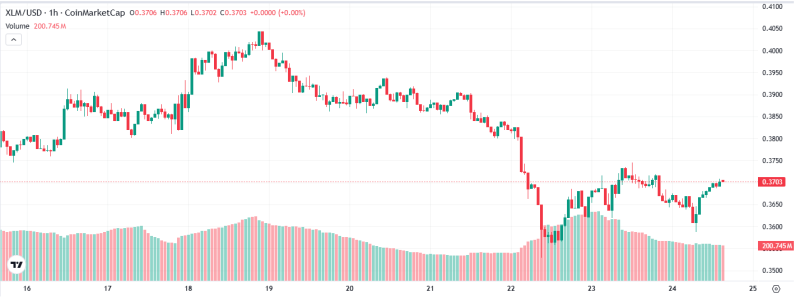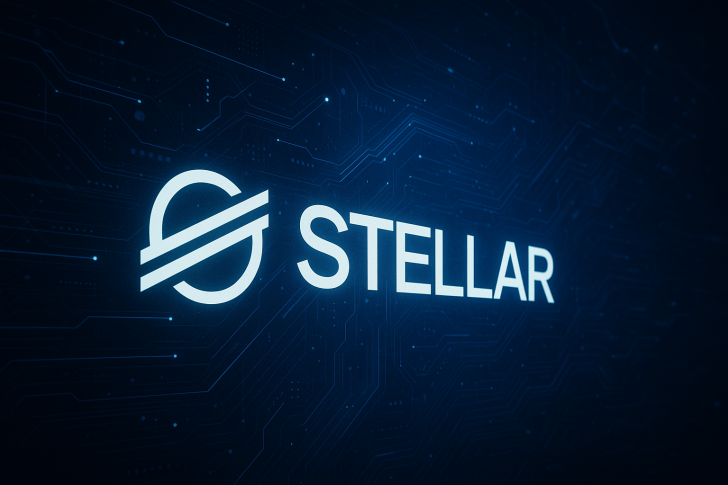Stellar (XLM) is making waves in the cryptocurrency space with its latest strategic move to integrate PayPal USD (PYUSD). As highlighted by Crypto_new, this development marks a pivotal moment for cross-chain interoperability and stablecoin adoption. The integration aims to boost digital transactions across major platforms while accelerating asset tokenization in global financial networks.
Key Technical Developments
- PayPal USD Integration: Strengthens cross-chain functionality and expands stablecoin utility
- Meridian Pay: New solution for streamlined stablecoin transactions
- USDY Token: Enhanced asset tokenization capabilities for financial systems
These developments position Stellar as a serious contender in the enterprise blockchain infrastructure race, particularly as regulated stablecoins see surging demand.
Chart Analysis and Market Momentum
The technical picture for XLM reveals promising signs of recovery after recent consolidation. Strong buying interest has emerged near the $0.375–$0.38 support zone, where the price has consistently found its floor. The next major hurdle sits around $0.40 resistance, coinciding with previous breakdown levels. A successful break above this threshold could trigger accelerated upward movement.

Recent volume increases suggest renewed participation from both retail and institutional traders, often signaling more decisive price action ahead. XLM has been trading within a narrowing channel, indicating potential volatility expansion once a clear direction emerges. The technical setup aligns well with the fundamental news, as the PayPal USD integration could serve as a catalyst for sustained momentum.
Strategic Significance
Stellar's PYUSD integration goes beyond mere technical updates—it represents a calculated move toward mainstream adoption. By enabling interoperability across multiple blockchain networks and facilitating access to tokenized assets, Stellar addresses one of the digital economy's biggest challenges: liquidity fragmentation.
Meridian Pay positions itself as a gateway for everyday stablecoin transactions, while USDY offers additional options for asset tokenization and financial inclusion. This strategy aligns with global regulatory trends, as institutions increasingly demand transparency, stability, and seamless interoperability in blockchain payment systems.
 Peter Smith
Peter Smith

 Peter Smith
Peter Smith


